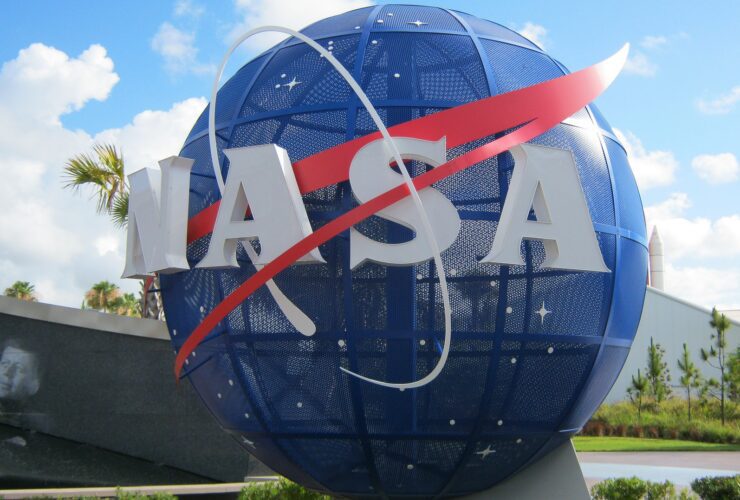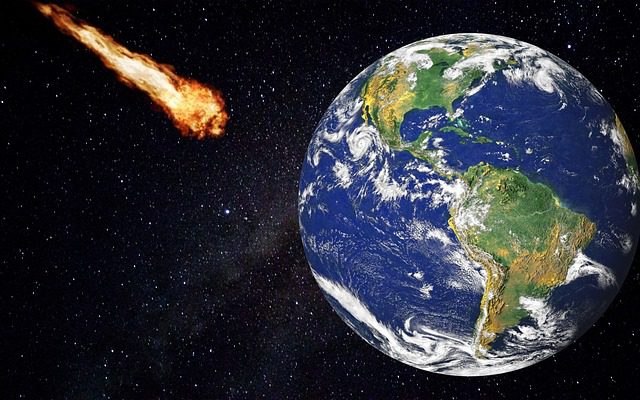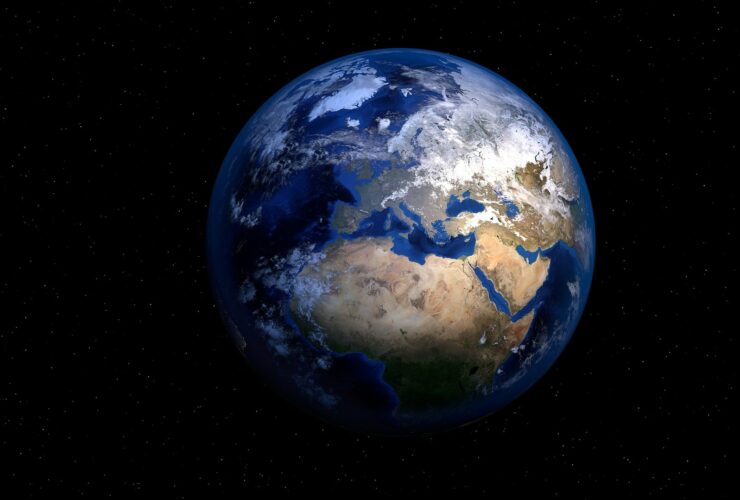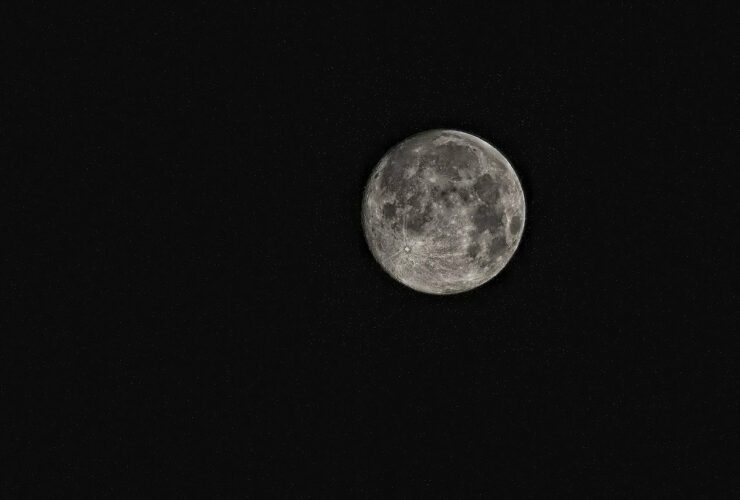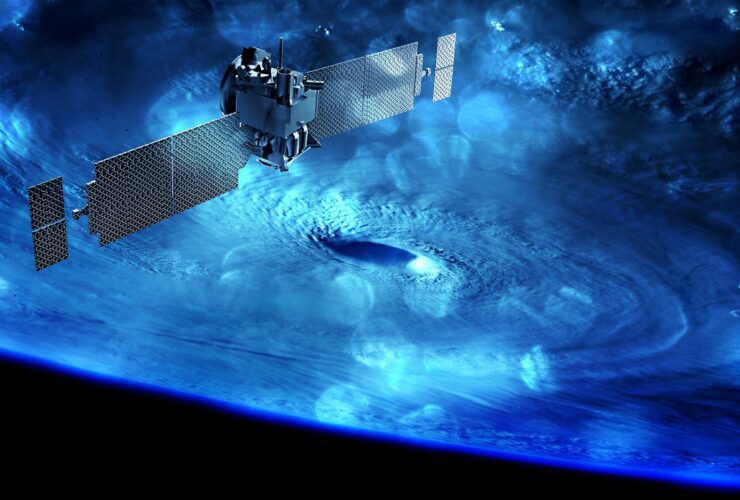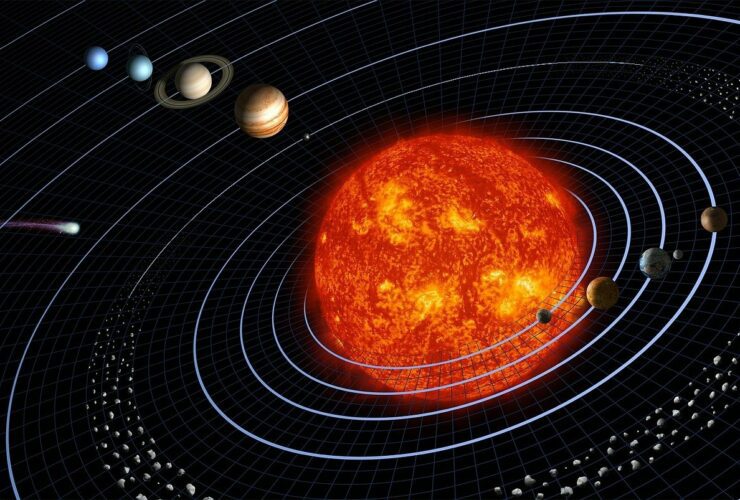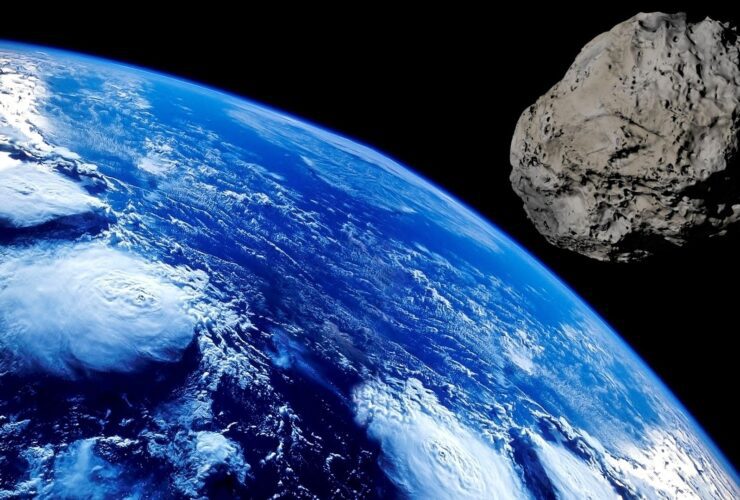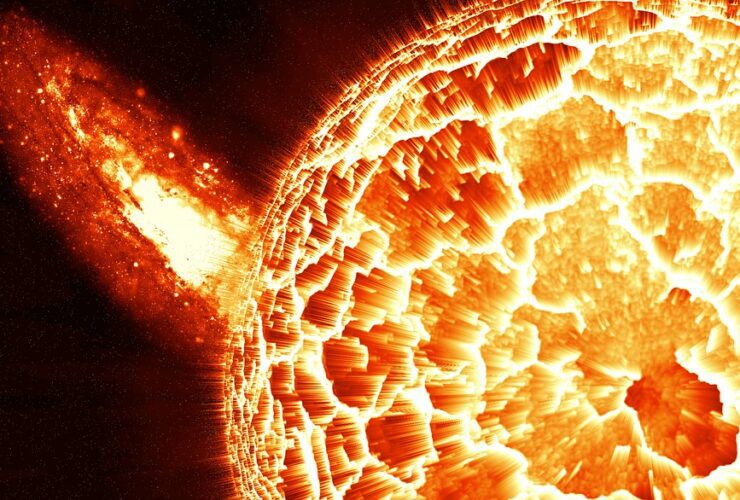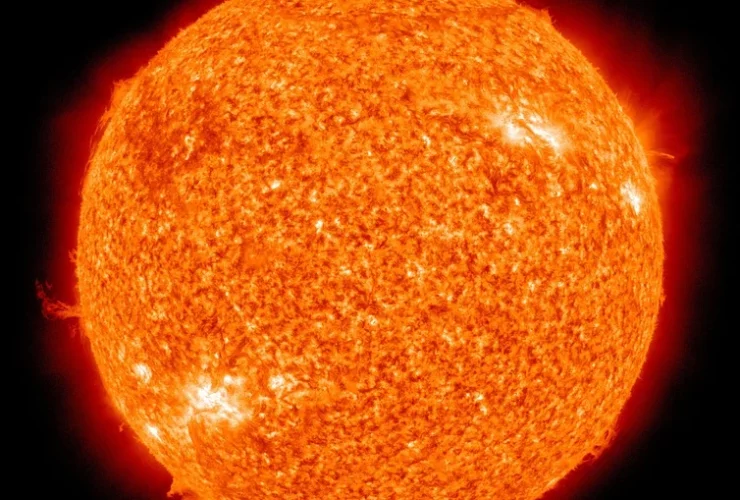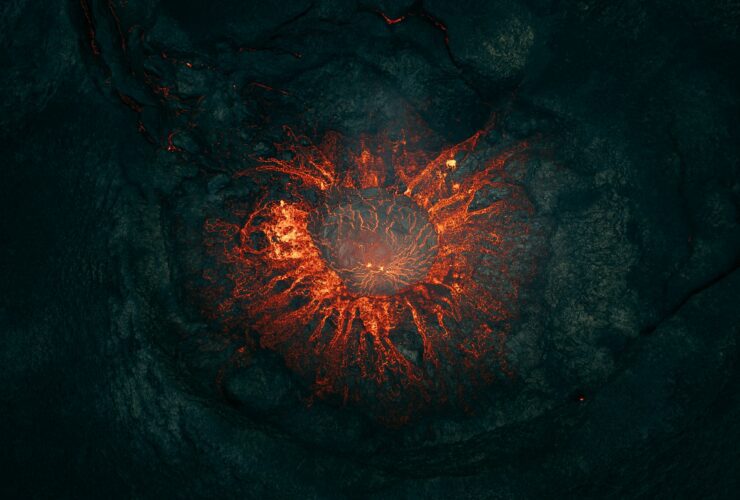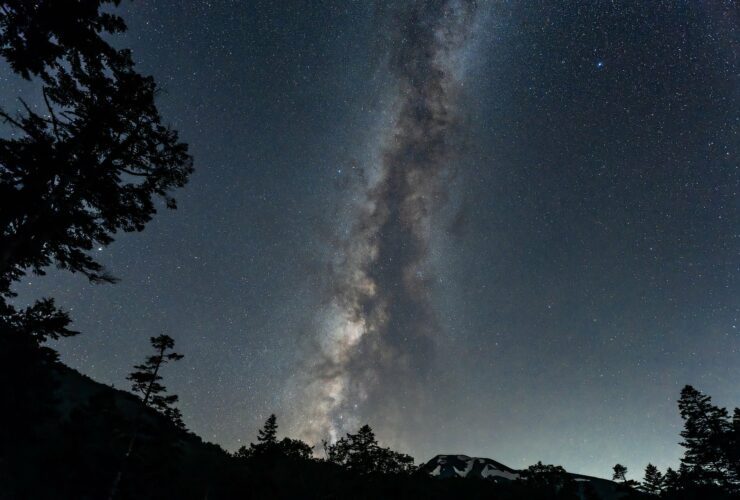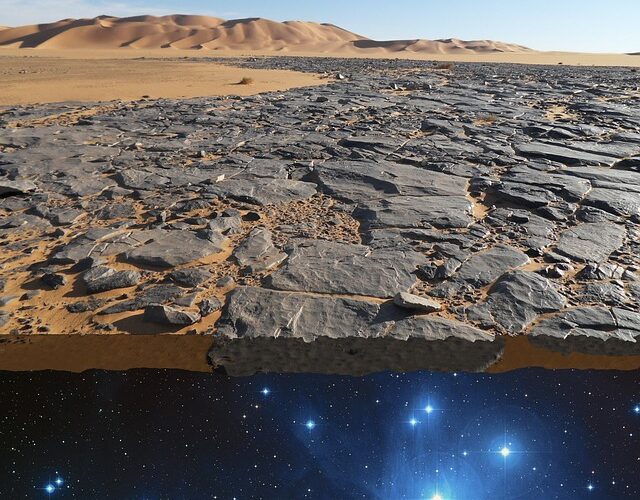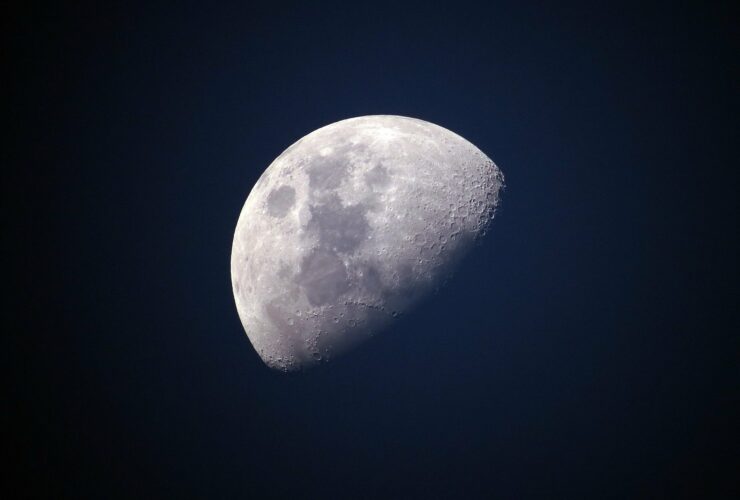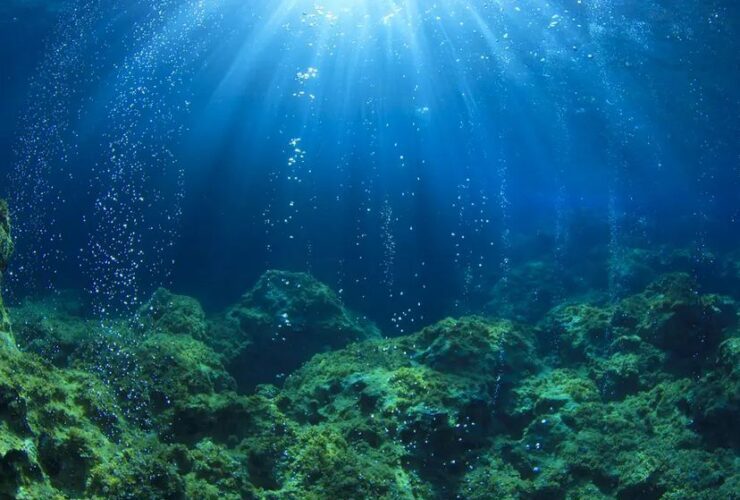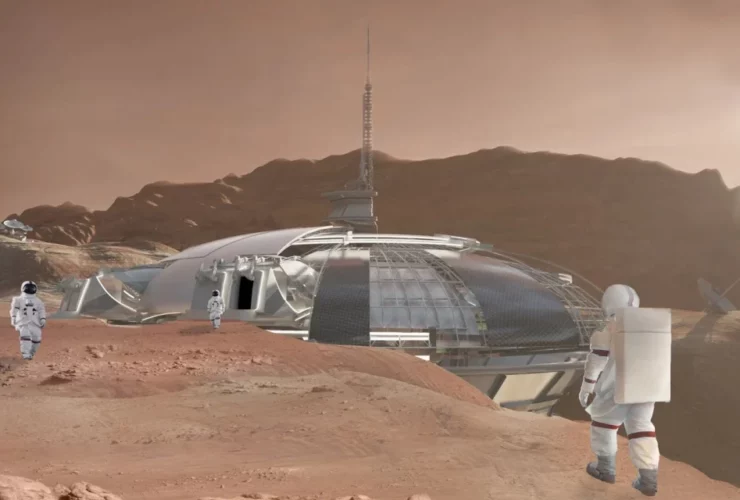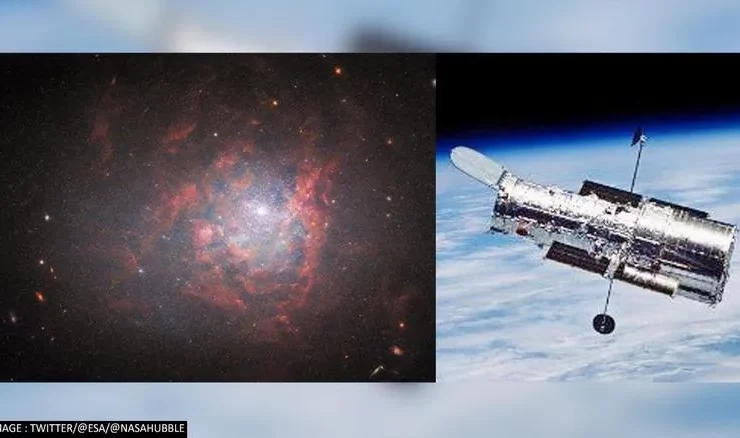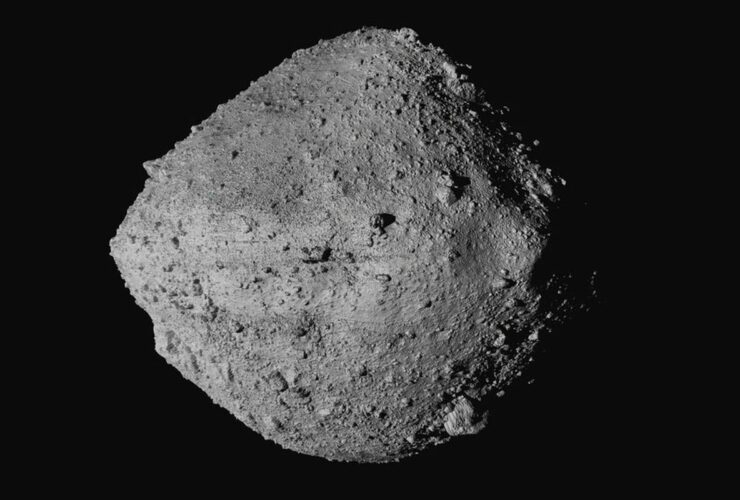NASA hopes to send humans to the Moon once again after more than half a century. If everything goes well, that should happen thanks to the Artemis mission that will take place in 2025 or 2026. But it seems like ...
It may be a bit depressing to know that even those huge, shiny, and powerful balls of fire from the sky will face their demise at some point. It’s also the case for our Sun, but there’s no need to ...
There’s an enormous asteroid on its way to Earth, and NASA is watching it closely. Asteroid 388945 (2008 TZ3) is expected to approach Earth on May 15th, according to NASA. Up to 1,608 feet in width is expected for the ...
NASA informs the world about another big space rock. It’s not mandatory to be an astronomer to figure out that our planet would be very vulnerable in the face of an asteroid that surpasses ‘acceptable’ measurements. The asteroid that makes ...
On the Moon, there exist molecules of water and ice, but how did these materials get up there? There’s a good chance that part of the water on the moon came from asteroids and comets colliding, but recent research reveals ...
Since the dawn of time, humans wanted to travel among the stars and the depths of the heavens. While technology allowed the human race to explore a very tiny part of space, astronomers might need to apply a different recipe. ...
Where else could astronomers look for alien life in the Solar System when Mars doesn’t show any signs of harboring it? The other planets are either too hot, too cold, or with a gaseous composition. That means that the moons ...
It’s not a secret to anyone that the Solar System has plenty of giant asteroids that could impact our planet one day. Luckily, most of the space rocks that enter our planet’s atmosphere are small enough to be obliterated due ...
Who can possibly miss the chance of seeing some of our Solar System’s planets in the sky in the dawn? We can all consider ourselves lucky if we get that chance, even if we see the space objects with the ...
After the discovery of 17 solar explosions originating from a single sunspot, two of which are going directly toward Earth, the bright northern lights may be seen as far south as the northern United States. We are being attacked by ...
We all like to think that the Sun is our best friend, and we’re not here to contradict the idea. Our star provides heat, energy, and oxygen to all of us. Life wouldn’t be possible without the Sun. But we’re ...
The researchers made an interesting discovery when re-examining thin sections of Bushveld chromitites: chromite is often found as individual grains that seem to be suspended inside matrix minerals, which they thought was strange. Because of this result, the researchers are ...
It is estimated that there was almost no oxygen in the atmosphere throughout the first 2 billion years of Earth’s existence. Although certain bacteria were photosynthesizing during the later part of this time, the amount of oxygen in the atmosphere ...
We may learn about some distant extraterrestrial rocky planets with breathing atmospheres similar to Earth in a very short period of time. Those observations will be made possible by the James Webb Space Telescope (JWST), which is now in the ...
Unfortunately for all of us, the Universe is not a friendly place as we like to believe or as we’ve been told. Meteors fly through the Earth’s atmosphere all the time, and there’s no wonder why a really big one ...
Quaise, a revolutionary energy firm founded in 2020, has gained a lot of attention for its bold objective of digging deeper into the crust of our planet than anyone has ever gone before. After the completion of the first phase ...
The galaxies, stars, planets, and not to mention natural satellites, none of them always existed. Gravity is one of the main factors that led to their formation, but some other factors could have also occurred. Our Moon is no exception. ...
Antares is one of the brightest stars in the sky (roughly the fifteenth). It’s thousands of times bigger than the Sun, but don’t worry, it won’t engulf us as far as astronomers know. The red giant star is located 554 ...
The existence of water is essential for all life on Earth. In this way, the genesis of water on Earth is also the birth of life within our Solar System (as well as the Universe) as we now understand it. Finding understanding ...
Given how vulnerable our atmosphere and climate are to solar activity, these ice cores also serve as a record of solar activity. In a recent investigation of ice cores from Greenland and Antarctica, a research team headed by Lund University ...
Establishing a new human colony on another planet provides a chance to experiment with novel concepts. More significantly, it’s a chance to learn from humanity’s previous blunders in habitat construction. Even though we have yet to dominate the moon or ...
The NASA TESS (Transiting Exoplanet Survey Satellite) mission just discovered something significant: our own sun is remarkably well-behaved in comparison to its counterparts elsewhere in the cosmos. (Image courtesy of NASA/Solar Dynamics Observatory and Getty Images.) According to Universe Today, ...
The dwarf galaxy appears in a swirl of dazzling light and crimson colors in the new photograph. The small, oddly shaped galaxy has been dubbed a “cosmic oddity” by the European Space Agency (ESA). The ESA reported that the NGC ...
Bennu is a 500-meter-wide asteroid that circles our solar on a path that takes it dangerously near to Earth on a regular basis. According to Icarus, NASA scientists utilized new data and complicated computer models to estimate the exact course ...
Last year, French astronaut Thomas Pesquet spent six months onboard the International Space Station, and the view of Earth from there was both terrifying and stunning. He had a unique view of our globe since he spent a lot of ...

